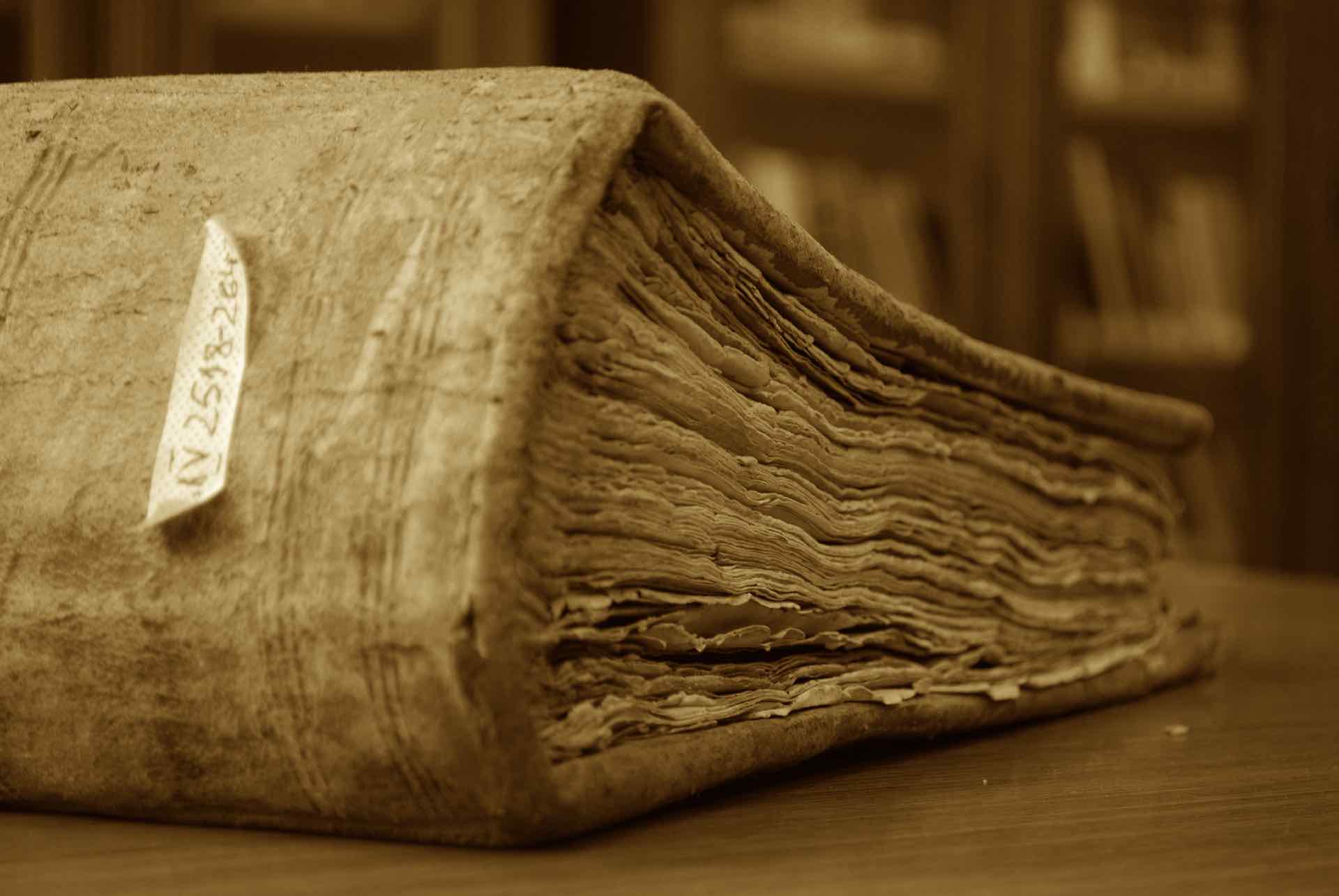Roma quanta fuit: How the Iberian presence transformed the physical fabric of the Eternal City

The author has written elsewhere recently about the steady growth and assimilation of an Iberian community at Rome through the course of the sixteenth century, not only of artists, but also more generally. As an example, just one important member of that Iberian community, was Francisco de Reinoso, an ecclesiastic from Palencia, who accompanied Cardinal Ghislieri into the Conclave of 1565 and, when the Cardinal was elected Pope Pius V, became the new pope’s Major Domo. It is appropriate to start with Reinoso here as in December 1571 the agent sent by the cathedral chapter of Palencia with an introduction to the papal Major Domo, whose role would be to watch over the chapters interests at Rome, talked with awe in a letter to his colleagues of «la grandeza de Roma». Which leads to what neither this author, nor other scholars, have yet discussed in any great detail, that is not only the impression that Rome made upon Iberian immigrants, but also how with the increasing influx of an Iberian population they made their own impression on both the urban fabric and the geographical planning of the Eternal City, during the years between 1527 and 1665.
The article begins in 1527 as, during the Sack of the City by the troops of the Holy Roman Emperor, Charles V, in May of that year much of the urban fabric Rome was damaged or destroyed, and the death toll was severe. By the death of Charles’ great grandson, Philip IV of Spain, in September 1665, however, the various Iberian communities had contributed largely to reconstructing what their predecessors had destroyed in the first instance. That said, this was an urban embellishment that was as much to their own advantage, and intended as a reflection of their new status at Rome, as an improvement and beautification of the urban fabric per se. It nonetheless represented a significant aspect of what was a much larger and ongoing transformation of the city during these years. There has been considerable recent scholarship both on the urban transformation of these years, and on the topographies and geographies of Early Modern Rome that resulted more generally. More research has been done on the seventeenth century, however, and none has yet looked at this Iberian dimension; in recent studies of the complete facelift that Rome received, the Iberian contribution has yet to be fully acknowledged.
One author who did so, and with encyclopedic breadth, although many years ago, was the seminal Elias Tormo, in his weighty, two volume, Monumentos de los Españoles en Roma y de Portugueses e Hispano-Americanos. Tormo was though writing at a highly charged time politically, from 1940 onwards, that is just after the end of the Spanish Civil War, and was driven by a specific ideological agenda – as he makes very clear in his Introduction. There is therefore a need to re-address the questions that Tormo posed anew. More recently, in an article of 2008, which later became a monographic study, Thomas Dandelet has built on his own thesis of a Spanish Rome that existed between 1500 and 1700, and the idea of Rome as a «Spanish Avignon», in making further bold claims for the Iberian role in the city. In this article, in particular, he proposed the «Spanish monarchy», as playing the essential role of a «new Constantine» in these sixteenth and seventeenth transformations of Rome.
Baker-Bates-Roma-quanta-fuit-def._REV